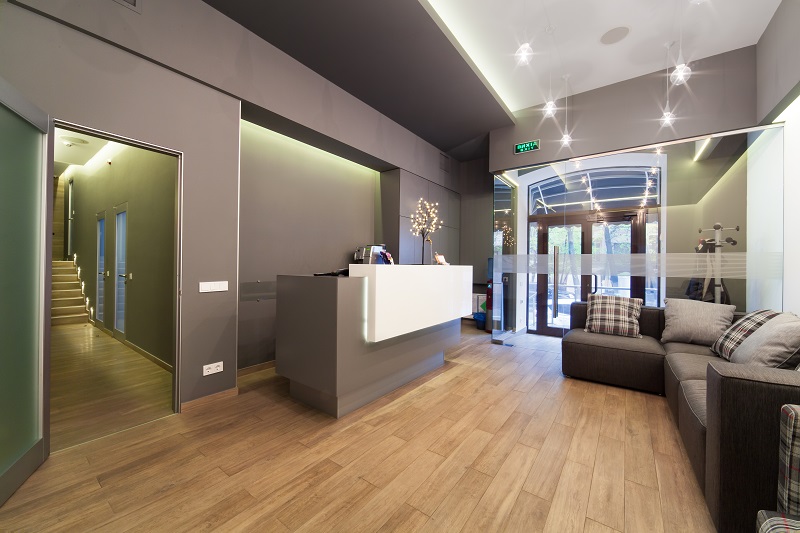You will need a large number of hand tools for cutting, molding and designing in your dental design clinic. There are different types of hand instruments required for the target cutting. You also need some other power cutting and rotary tools. These tools look after the essential aspects of dental design, and restorative dentistry: the shaping of the denture.
The hand instruments will make the process easier, and you will be able to accomplish the desired design and results. Initially, it was the hand-powered drills used ion the dental clinics but over time and due to the advancement in technology, today you will get several air-driven and electric handpieces. All these have facilitated the process of mechanical modification of the tooth structure, making it easier and simpler.
However, in spite of the modern high-speed equipment, the need and significance of the hand instruments cannot be overlooked, especially when it comes to the question of the armamentarium in restorative dentistry.

To name a few of the hand instruments used in the dental design clinic, the list would include:
- A scaler
- An excavator
- A hand condenser
- A spoon excavator
- A sickle scaler
- A mon-angle
- A bin-angle and
- A contra-angle, etc.
The design of the hand instruments enhances the function and usability of these devices in ensuring that the best tooth structure is created.
A few basic instruments
You will find it extremely difficult to offer the best of services to your customers and design the best tooth structure if you do not have the basic instruments in your dental design clinic. These tools will help you a lot in examining the tooth precisely so that you can create a denture accurately. Therefore, make sure that these tools are also there in your examination tray.
- A dental examination mirror: This essential tool will help you to explore the oral cavity of the patient. It will help in both indirect vision techniques as well as direct viewing. You can even use it as a mouth separator.
- Probes: This is a specific instrument that comes with a thin and long tip. There are actually two different types of probes. The most important one is the scanning probe that helps in determining the level of caries and bacterial plaque.
- Forceps: This tool will help you to perform a large number of tasks. You can use it to separate tissues and hold them, suture them, and transport small objects out from or into the oral cavity. You will need to have different types of forceps such as surgical, hemostatic, ligatures, and others.
- Pliers are also very important to have in a dental design clinic to bend the hooks, cut through the wires, and more.
Few other tools
Though most feared, one of the most common tools used in a dental design clinic is the dental drill. This tool is very useful for removing tooth decay before filling the cavity. The process, as opposed to common belief, is not very painful because the patients will receive a local anesthetic.
A dental syringe is also required to deliver the anesthetic to the patient. These are a bit longer than the normal syringes so that it hits the right sport to deliver the numbing chemical.
Finally, the molds. These are something that you can avoid if you want to create an accurate structure of the tooth or the set of teeth removed. These molds help in creating dental crowns, mouthguards, caps and more. When the tooth is set on the mold it helps in 3D printing and then finally creating the tooth in the lab.
Now that you know about the set of tools you need for your dental design clinic it will be easy for you to have the right set of tools. However, the list of tools are never complete because new tools get added almost every day with the advancement in dentistry.




